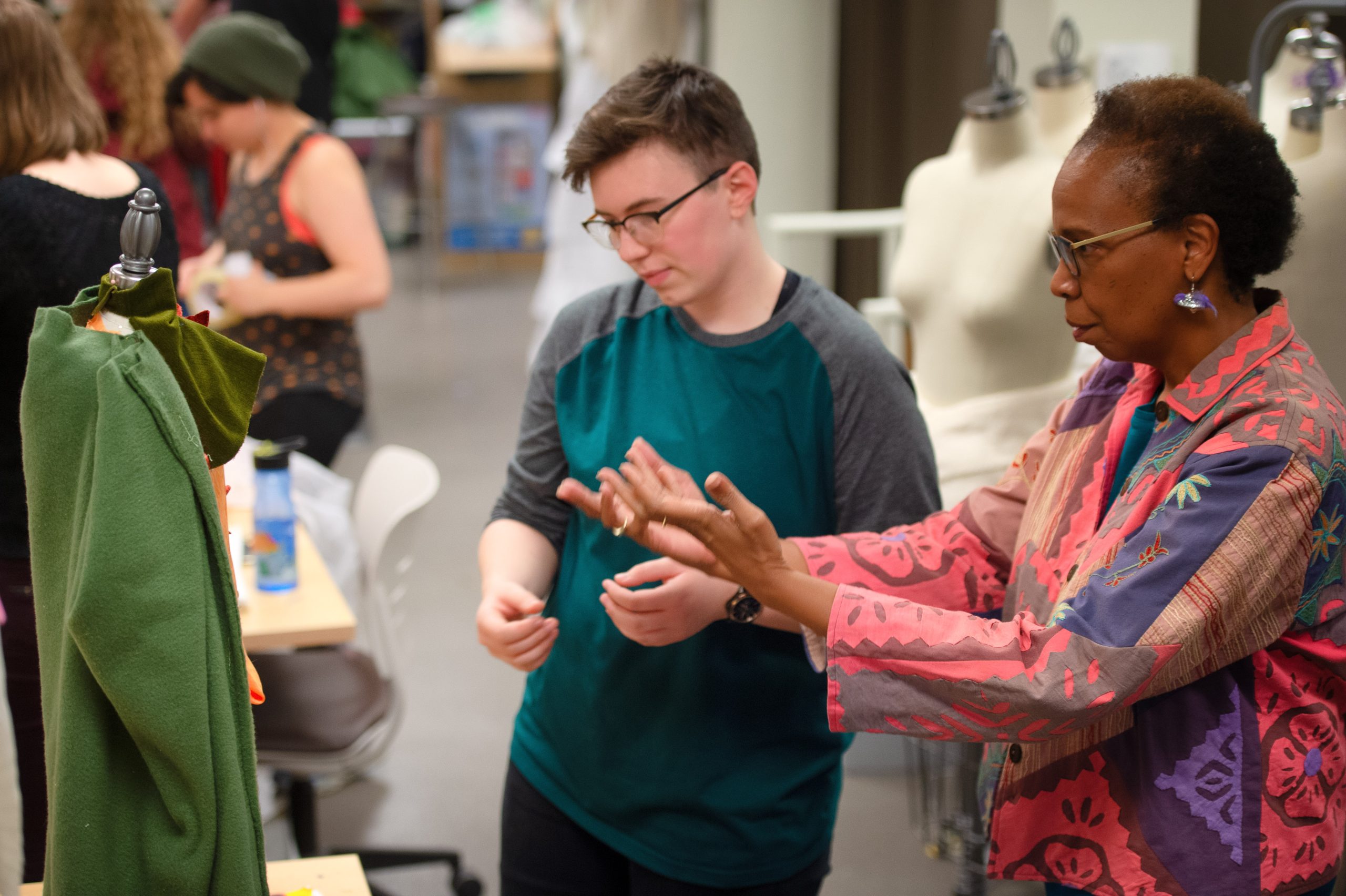Strategies for Instructors

- Though instructors might feel inadequately prepared to address sensitive and complex events, studies conducted in the wake of 9/11 revealed that students appreciated any attempt faculty made to acknowledge the tragedy, even if it was just to take a moment of silence (Huston & DiPietro 2017). There is not a “right” way to address traumatic events in the classroom, and students reported appreciation for various forms of acknowledgement, from group discussions to free-writes to a simple statement of recognition at the beginning of class (Huston & DiPietro 2017).
- As you are an instructor who is not a trained mental health professional, recognize that there are limits to the support that you can offer students, and that is okay. Within the boundaries of your role as an instructor, you can be a supportive presence and offer moments of reflection for students, but you are certainly not expected to give counseling or be the sole support person for a student in distress. If you find yourself in this position, remember that you can refer students to the many university support systems on campus listed in this reference guide.
- Keep in mind that silence and non-responsiveness can be damaging in the wake of sharing vulnerable stories, and it is always better to say something than to say nothing (Huston & DiPetro 2017). The VAR model below can function as a guide to offering acknowledgement and support when students share personal experiences with you or with the class (ACUE 2020).
- Validate students’ experiences and affirm the emotions they are expressing.
- “That is really tough.”
- “I can see you’re struggling with all that’s going on and that is totally okay.”
- “Distress is a valid response to chaos and upheaval.”
- Appreciate their courage to share.
- “I know it’s tough to open up, but I am grateful you shared this with me.”
- “I appreciate your openness and willingness to reach out.”
- “Thank you for being so honest with me.”
- Refer them to support services or resources that feel useful in the moment.
- “Is there someone you are close to who you might feel comfortable sharing this with as well?”
- “Have you heard of this resource on campus?”
- Refer to this guide from the University of Iowa Office of the Dean of Students for responding to students in distress.
- Validate students’ experiences and affirm the emotions they are expressing.
- If appropriate, consider sharing your own experiences to encourage vulnerability and openness among students. Research shows that storytelling helps others connect to their own stories and imagine their own futures (Imad 2021).
- Bearing witness means advocating for and acknowledging your students’ truths. Often what humans need most is to be witnessed or for others to hold space for their experiences without giving advice or trying to fix anything. The seemingly simple act of bearing witness to students’ lived experiences can function as a pedagogy of healing (Imad 2021), where attention to traumatic experiences in the container of the classroom can facilitate deeper healing and support learning that is grounded in lived experiences.
